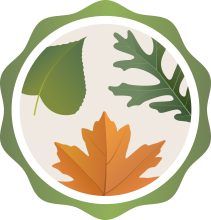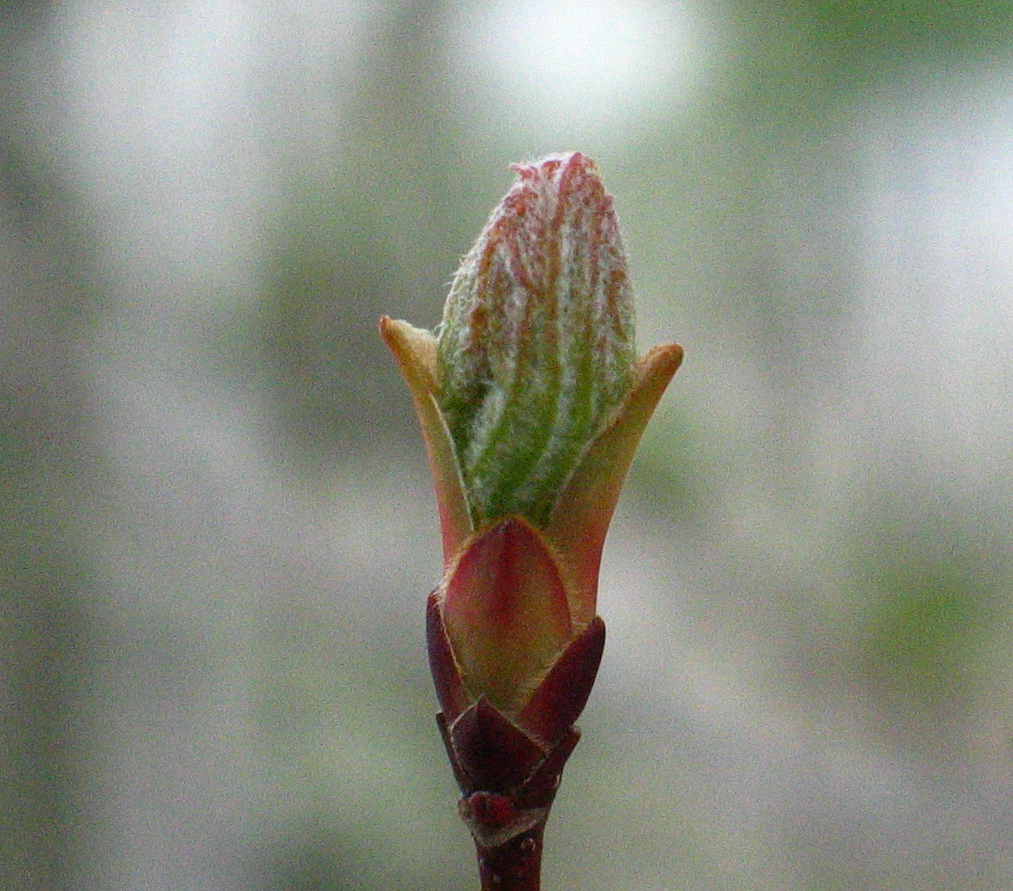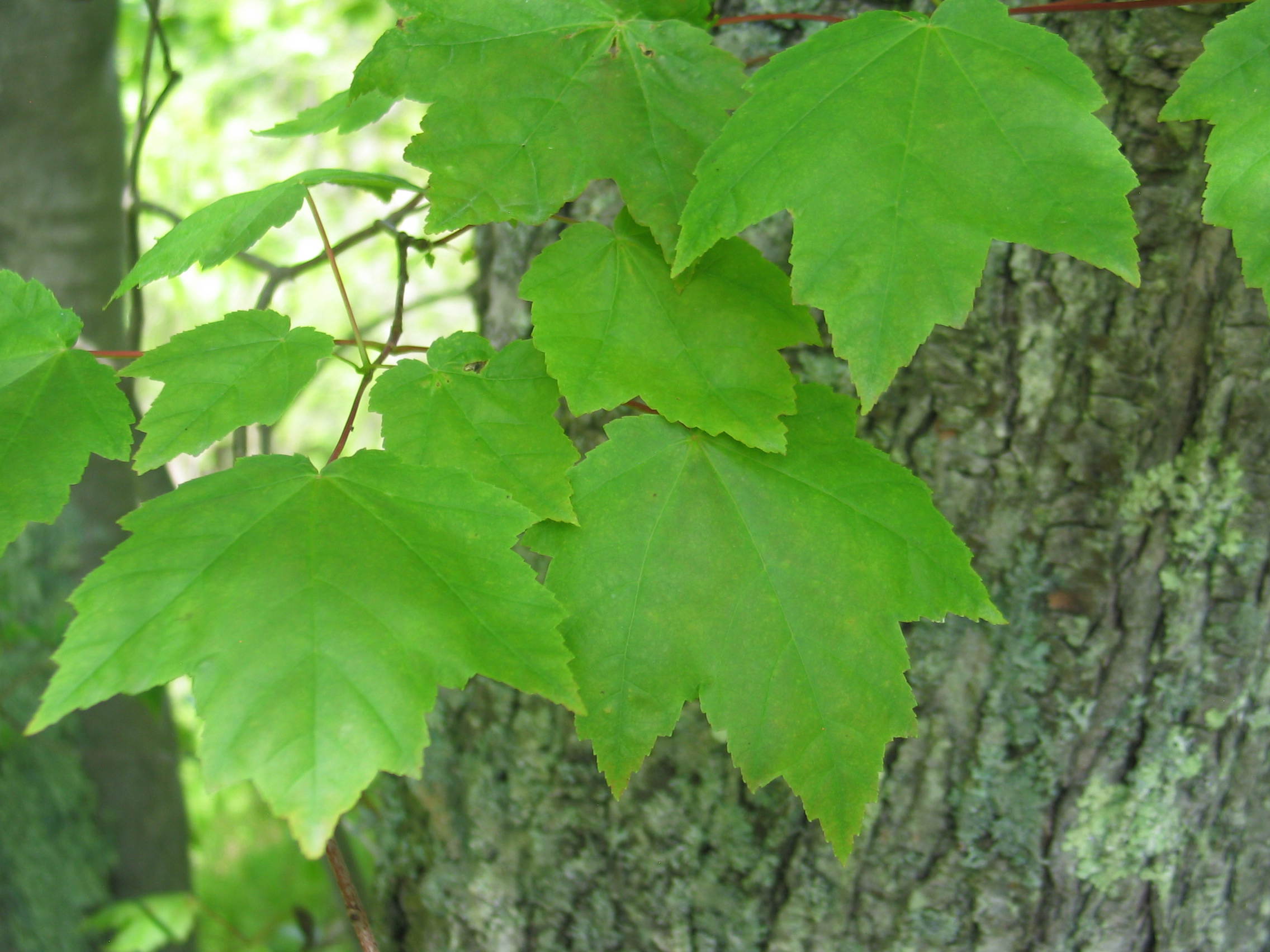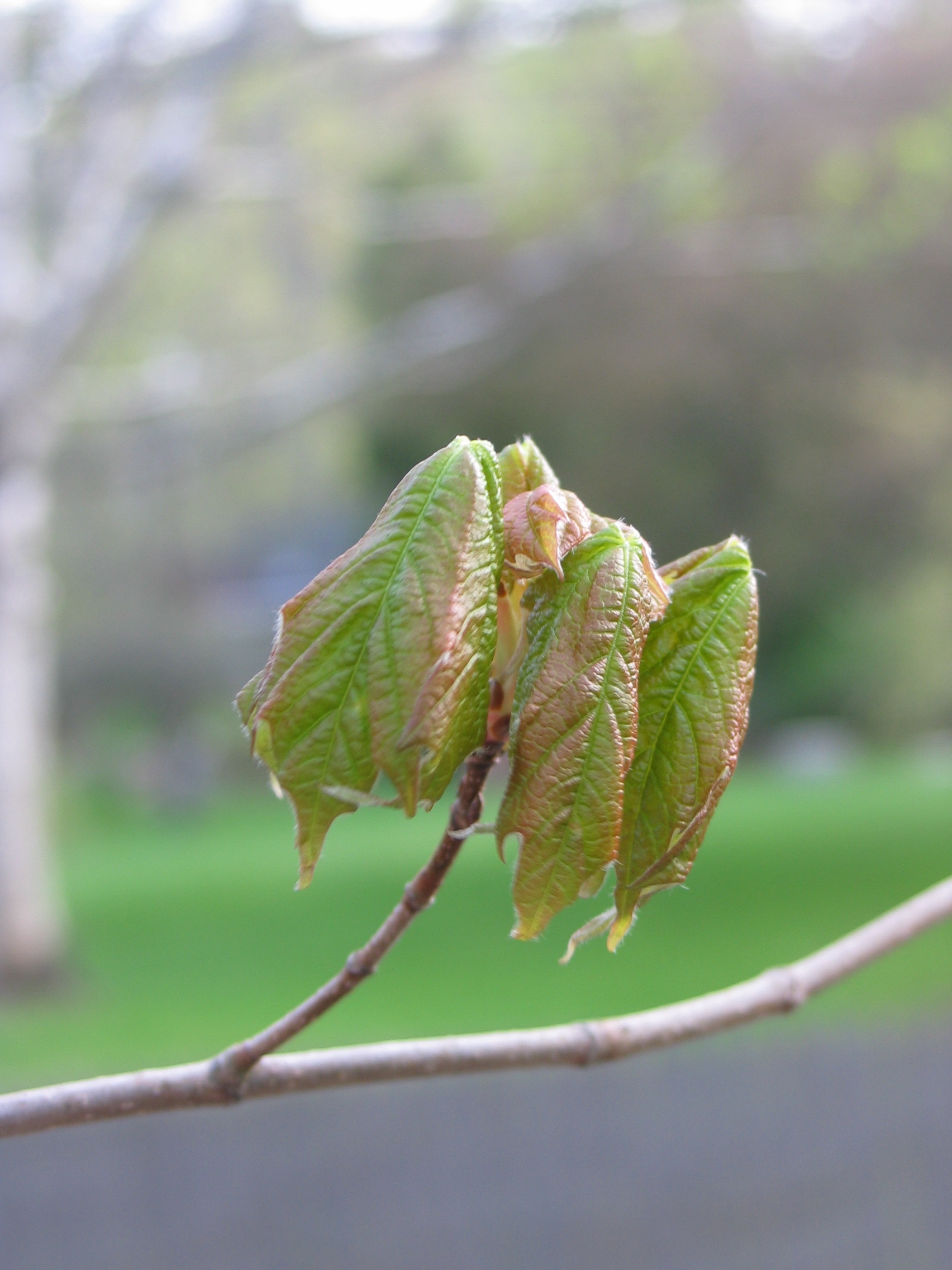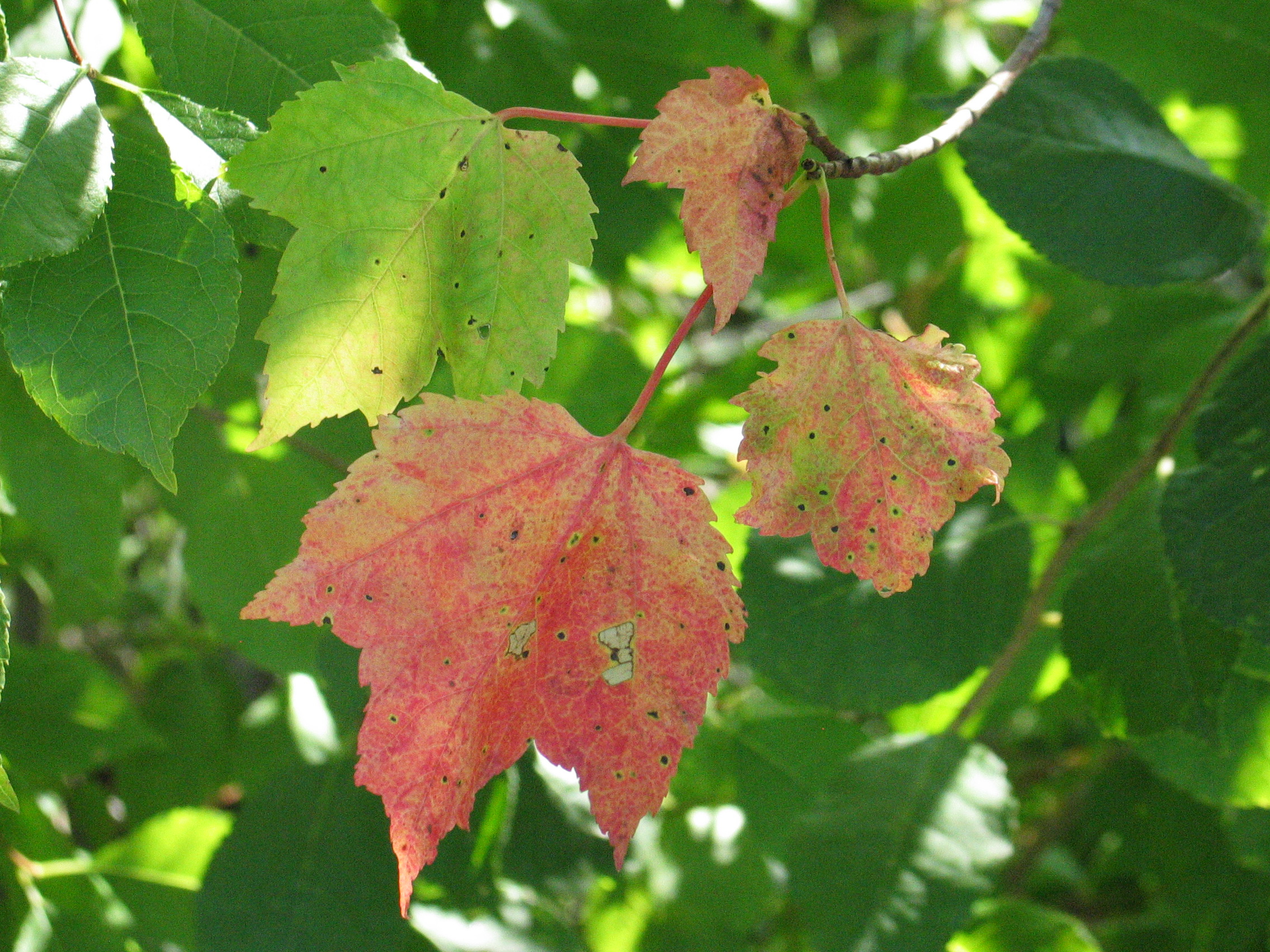Project Overview:
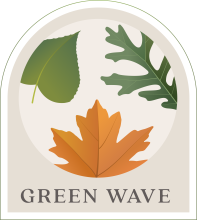
We invite you to join us in tracking the “green wave”—the flush of green that accompanies leaf-out—over the course of the spring season, as well as the spread of seasonal color across the country in the autumn.
Observations of these trees are of extra importance because they can help decision-makers develop forecast models and early warning systems for use in forest management and public health administration via pollen forecasting. In fact, researchers are already using data that have been reported for these species to validate models that predict how changes in climate will impact phenology of trees, and also to learn that deciduous trees may leaf out weeks earlier under climate warming.
Join us for this special campaign! Make it easy on yourself - choose that tree that you see every day, either the one in your yard or the one you pass each day. Observations from just one tree can help fill critical data gaps!
SIGN UP FOR Green wave MESSAGES!
You will receive messages full of findings, observation tips, and campaign-specific opportunities. Don't miss out!
HOW TO PARTICIPATE
1. Join Nature's Notebook. If you haven't already, create a Nature's Notebook account. If you need more details on getting started, take the Observer Certification Course at learning.usanpn.org.
2. Select one (or more) individual maple, oak, or poplar trees to track from the list below, and add it to your site.
boxelder (Acer negundo)*
red maple (Acer rubrum)*
sugar maple (Acer saccharum)*
vine maple (Acer circinatum)*
bigleaf maple (Acer macrophyllum)
bigtooth maple (Acer grandidentatum)
mountain maple (Acer spicatum)
Norway maple (Acer platanoides)
Rocky Mountain maple (Acer glabrum)
silver maple (Acer saccharinum)
striped maple (Acer pensylvanicum)
sycamore maple (Acer pseudoplatanus)
laurel oak (Quercus laurifolia)*
Oregon white oak (Quercus garryana)*
northern red oak (Quercus rubra)*
Arizona white oak (Quercus arizonica)
bear oak (Quercus ilicifolia)
black oak (Quercus velutina)
blue oak (Quercus douglasii)
bur oak (Quercus macrocarpa)
California black oak (Quercus kelloggii)
California live oak (Quercus agrifolia)
chestnut oak (Quercus montana)
Emory oak (Quercus emoryi)
Gambel oak (Quercus gambelii)
huckleberry oak (Quercus vacciniifolia)
live oak (Quercus virginiana)
pin oak (Quercus palustris)
sand live oak (Quercus geminata)
shingle oak (Quercus imbricaria)
Shumard's oak (Quercus shumardii)
southern red oak (Quercus falcata)
turkey oak (Quercus laevis)
valley oak (Quercus lobata)
white oak (Quercus alba)
willow oak (Quercus phellos)
balsam poplar (Populus balsamifera)*
Eastern cottonwood (Populus deltoides)*
Fremont cottonwood (Populus fremontii)*
quaking aspen (Populus tremuloides)*
bigtooth aspen (Populus grandidentata)
blck cottonwood (Populus trichocarpa)
narrowleaf cottonwood (Populus angustifolia)
*Due to their geographic spread, these species are of special interest.
3. Take observations. We invite you to track your trees ideally 2-4 times a week, in the spring and autumn. We are especially interested in the phenophases below, though you are welcome to report on flowering and fruiting as well.
4. Report your observations. As you collect data during the season, log in to your Nature's Notebook account and enter the observation data you recorded. You can also use the Nature's Notebook app to submit your observations!
EARN YOUR Green wave BADGE
See it on your Observation Deck.
